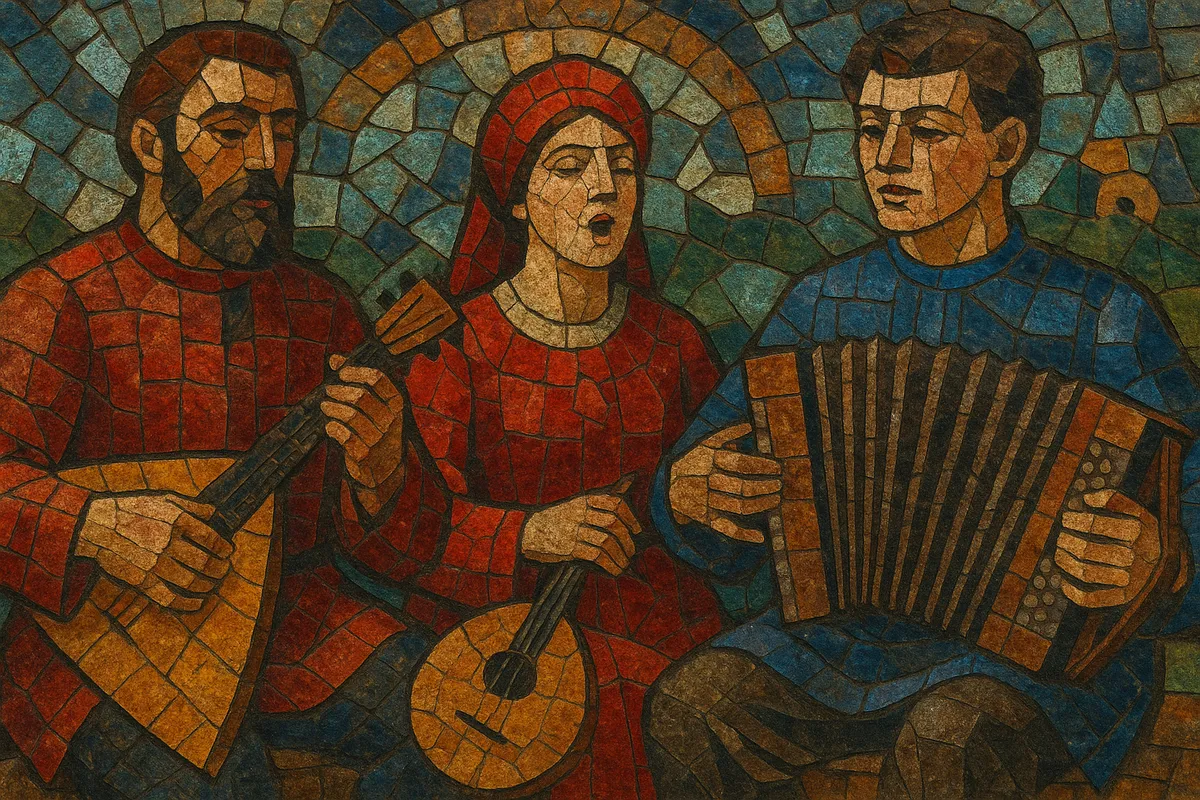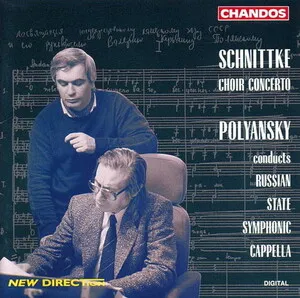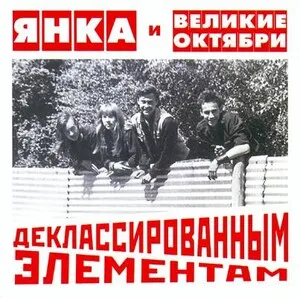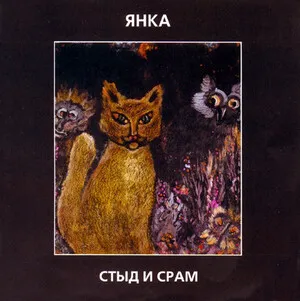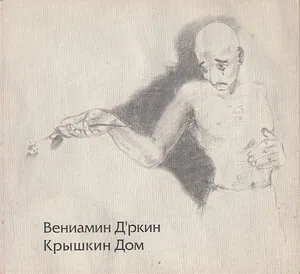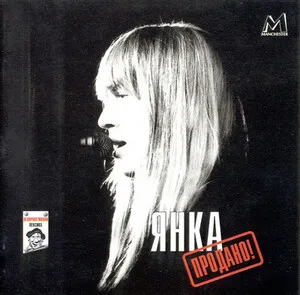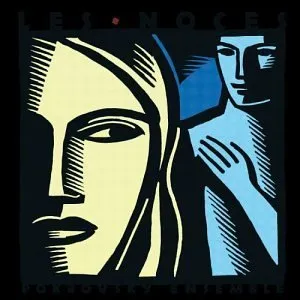Russian music refers to the broad body of folk, sacred, art, and popular music that developed in the lands of historical Rus' and the Russian state.
It combines deep-rooted Slavic folk traditions, Orthodox liturgical chant, and European art-music practices absorbed and reimagined from the 18th century onward. Hallmarks include modal folk melodies, powerful choral sonorities (often with resonant basso profundo lines), bell-like tone colors, and an affinity for expansive, emotionally charged lyricism. Folk dances and songs—carried by instruments like balalaika, domra, gusli, and the bayan—coexist with a towering classical canon (from Glinka and Tchaikovsky to Shostakovich) and a rich 20th-century popular sphere (bard song, estrada, rock, and hip hop).
With the Christianization of Rus' (988), Byzantine chant practices entered local worship and intermingled with existing Slavic folk song. Over centuries, Orthodox chant traditions adapted to local languages and aesthetics, producing distinctive Russian chant and monumental choral textures that shaped national musical identity.
Under Peter the Great and his successors, European art music institutions flourished. Court orchestras and opera houses brought Baroque and Classical idioms to St. Petersburg and Moscow. By the mid-19th century, composers sought a uniquely Russian voice within European forms.
Mikhail Glinka catalyzed a national style that inspired "The Mighty Five" (Balakirev, Cui, Mussorgsky, Rimsky-Korsakov, Borodin) to fuse folk modality, orientalism, and novel orchestration with symphonic and operatic forms. Tchaikovsky balanced cosmopolitan craft with Russian melody, while later figures—Rachmaninoff and Scriabin—expanded harmony and pianism. Stravinsky’s early ballets, rooted in folk materials, propelled avant-garde modernism.
Cultural policy alternated between experimentation and control. Prokofiev and Shostakovich navigated Socialist Realism while pursuing modern symphonic drama. Mass song, estrada (popular light music), state choirs, and large amateur ensembles spread music across the USSR. Parallel currents included bard song (e.g., Vysotsky) and an underground rock movement that gained momentum in the 1980s.
After 1991, scenes diversified: rock and metal matured; pop and hip hop adopted global production while retaining minor-key lyricism and Slavic melodic inflections; choral and early-music revivals continued; folk instruments re-entered contemporary fusion. Across styles, hallmarks remain: emotive melody, resonant choral sound, and vivid orchestral color.
Aim for expressive, cantabile melody and bold contrasts. Russian idioms often favor minor keys, modal inflections, and a sense of spaciousness or grandeur.

